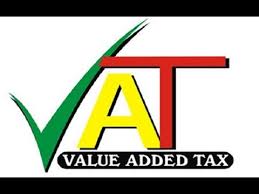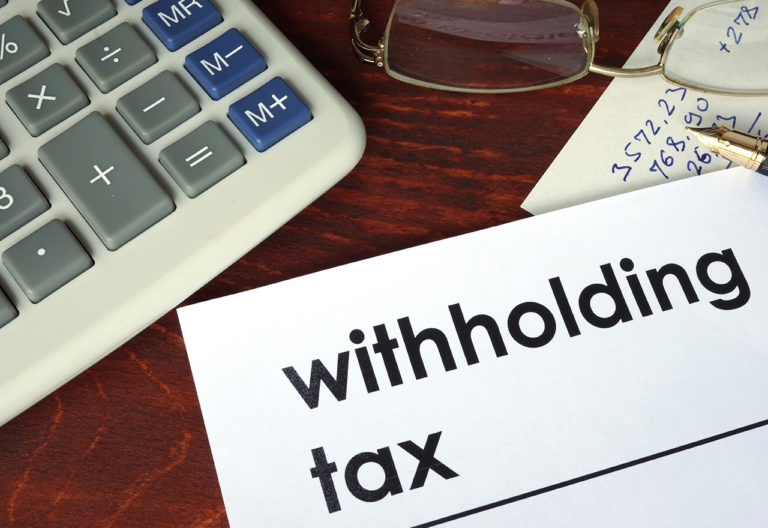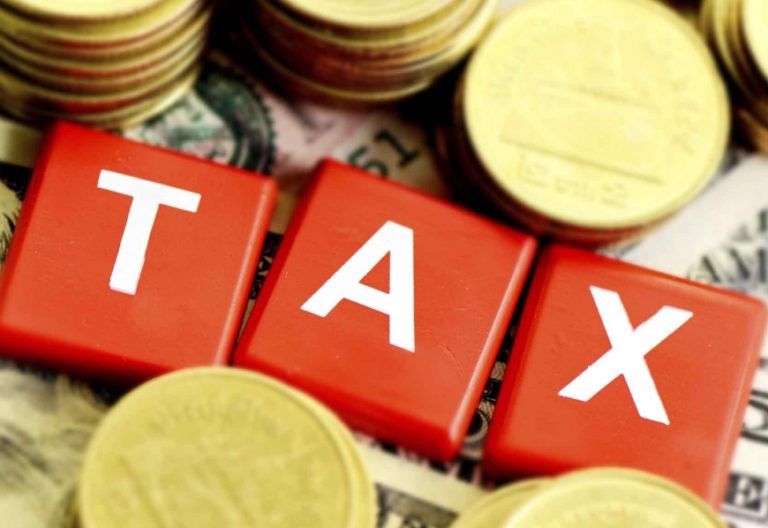Tax refers to a levy placed on usually incomes earned or on goods and services as a way of raising revenue to primarily support developmental projects. Taxes are broadly in two forms: direct and indirect. While the former is levied on incomes of individuals and on earnings from property, the latter is charged on goods and services. There are a plethora of indirect taxes in Ghana, one of which is the Value Added Tax, called VAT for short. Others also include service tax, excise duty, custom duty, among others. VAT will be used throughout this article.
In this article, I present some information on VAT, specifically on VAT calculation and other related matters as way of equipping all and sundry, especially those affected by VAT to enable them meet tax obligations with the overall aim of helping the state to achieve its set targets in terms of tax.
Overview of VAT
Goods and services go through various stages before they come out as valuable products for intended users. Some of the stages include production and distribution. VAT is a tax levied on goods and services. It is premised on the how these goods and services are made ready for use, hence its name. Thus, every aspect of the value chain or production process experiences some tax. To say it simply, tax is imposed on the value added at each stage. The total tax exacted for the whole process is consolidated and becomes what is known as the VAT.
Imposition of VAT
Mention must be made that although VAT is charged on goods and services, some are exempted. These are called exempt goods and services. There are others also that attract VAT but at 0%. This means that the final VAT on such goods becomes zero. Such goods and services are called zero-rated supplies and have the same effect as exempt supplies.
There are instances where goods and services which are of limited supply or not available at all are imported. Imported goods and services also attract VAT except where they are exempt. Thus, generally VAT is levied on the supply of goods and services in the country or imported goods and services, except for exempt supplies. The VAT Act 2013, Act 870 explains further by saying that VAT is only charged where the supply is:
- A taxable supply (a supply subject to tax) or
- By a taxable person (a person registered or should be registered for the purposes of VAT) in the course of the taxable activity (an activity that requires the person to pay VAT) of that person.
Persons liable to VAT
Act 870 recognizes four groups of persons liable, depending on the situation. They are:
- Taxable supply – where a person or a business sells good and services subject to tax in the country, that person or business must pay
- Import of goods – the importer of the goods must pay
- Import of services – the importer of the service must pay
- Non-resident persons – the non-resident person must pay
In spite of the above, it is must be noted that the ultimate payer of the tax rest with the consumer of the goods or service as the case may be.
Calculation of VAT
The rate for the computation of VAT used to be 15%. The new rate is 17.5% comprising 2.5% NHIL, 2.5% GETFUND Levy and 12.5% for VAT itself. This means that not all the VAT charged goes to GRA but 2.5% each goes to NHIA and GETFUND.
Again, the 12.5% VAT is a sort of “tax on tax”, hence not a “literal” 12.5%. It is in effect 13.125% on the value of the goods or services supplied. Consider the scenario below:
Assume ABC LTD supplies goods to XYZ LTD at VAT-exclusive amount of GHC2000. The VAT will be computed as follows:
2.5% * GHC 2000.00 (NHIL) = GHC 50.00
2.5% * GHC 2000.00 (GETFUND) = GHC 50.00
12.5% * GHC (2000.00 + 50.00 + 50.00) = GHC 262.50 (equal to 13.125% of GHC2000)
TOTAL VAT TO BE CHARGED = GHC 362.50
Additionally, the total VAT charged could be calculated using 18.125% (2.5% + 2.5% + 13.125%) multiplied by the VAT-exclusive amount. So in this case, we have 18.125% * GHC 2000.00, which gives the same VAT charged of GHC 362.50. The following is drawn from this scenario or from the new VAT system:
- Though the rate for total VAT is 17.5%, it is in effect 18.125%.
- The rate for VAT only (to GRA) is 13.125%, although it is 12.5%, in the breakdown of the total VAT of 17.5%
- When calculating total VAT for any transaction, use 18.125% but use 13.125% for finding the VAT only (to GRA) component of any total VAT.
- The rates for NHIL and GETFUND are literal 2.5% each, in the breakdown of the total VAT of 17.5%




Leave a Reply